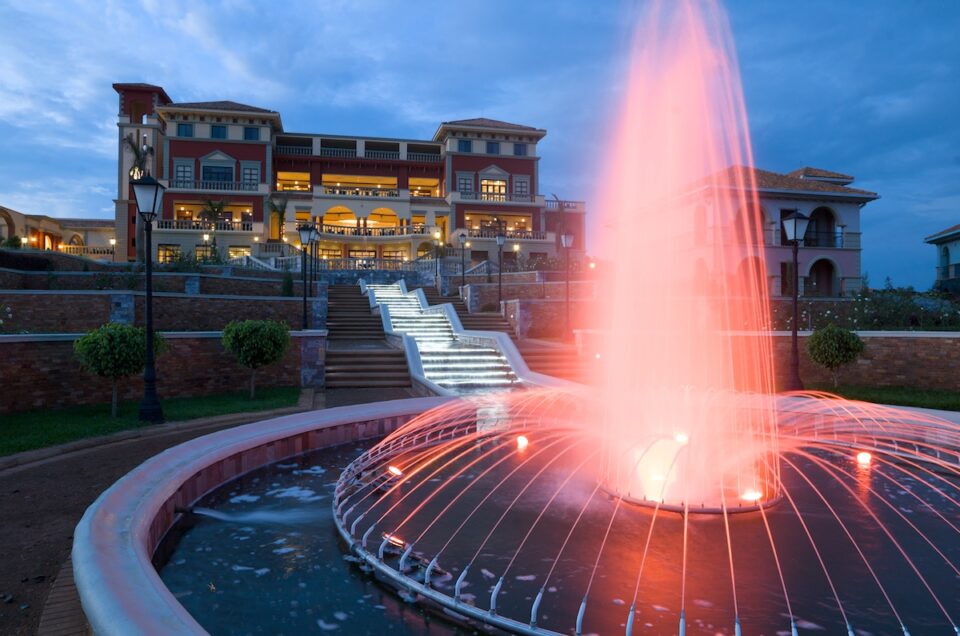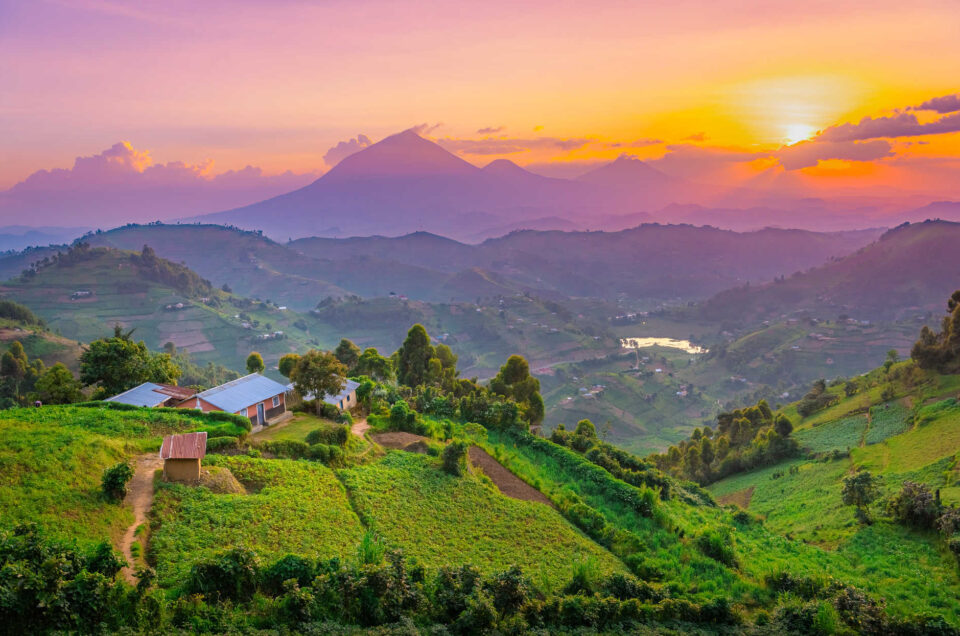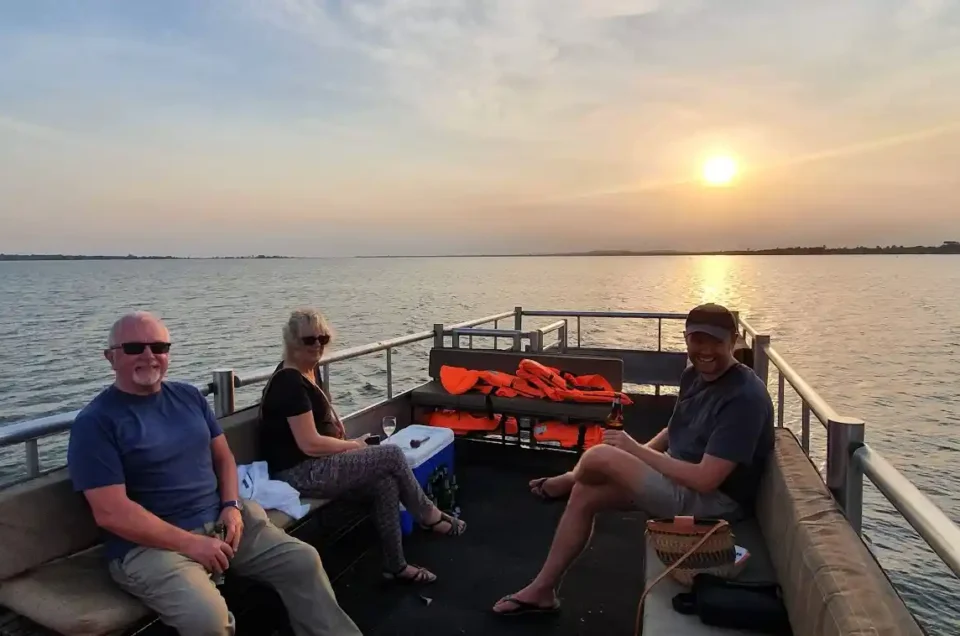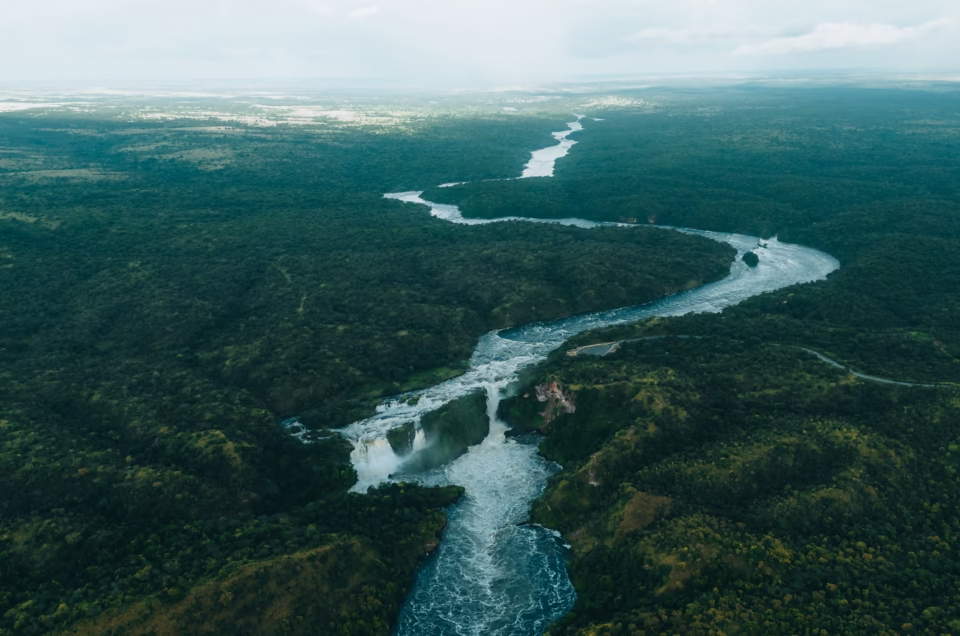Categories
- Accommodation
- Accommodation at Kibale Forest
- Budget accommodation at Kibale
- Budget accommodation in Uganda
- Budget Hotels in Entebbe
- Budget Murchison Falls Accommodation
- Bwindi Guides
- Bwindi National Park Guides
- Entebbe Hotels
- Exclusive Lodges In Murchison Falls National Park
- Exclusive Lodges in Queen Elizabeth National Park
- High End Accommodation At Kibale
- Kibale
- Luxury accommodation at Kibale
- Luxury Accommodation in Queen Elizabeth National Park
- Luxury Hotels In Entebbe
- Luxury Murchison Falls Accommodation
- Midrange accommodation at Kibale
- Midrange Hotels In Entebbe
- Midrange Murchison Falls Accommodation
- Murchison Falls Guides
- Murchison Falls Lodges
- News
- Popular
- Queen Elizabeth Guide
- Queen Elizabeth National Park Accommodation
- Semi-Luxury Entebbe Hotels
- Travel Guide
- Uganda Honeymoon Lodges
- Uncategorized
Kidepo Valley
Kidepo Valley National Park
Kidepo Valley National Park is Uganda’s most remote and arguably most breathtaking wilderness escape.
Located in the Karamoja Region in the far northeast, near the borders of South Sudan and Kenya, this 1,444 square kilometer sanctuary offers raw beauty, rolling savannahs, rocky outcrops, and towering mountains. Often called Uganda’s hidden gem, it welcomes just a handful of visitors daily, making it one of Africa’s most unspoiled safari experiences.
CNN ranks Kidepo Valley National Park among Africa’s top three parks, praising its dramatic landscapes and rare wildlife, including cheetahs, caracals, bat-eared foxes, and over 470 bird species.
Lions, elephants, ostriches, and vast buffalo herds roam its plains, nourished by the Narus and Kidepo Rivers. The park’s diverse ecosystems span fire-climax grasslands, wetlands, forests, and palm-dotted savannahs. Beyond the wildlife, Kidepo is steeped in cultural heritage. The Karamojong pastoralists and the elusive Ik people, who dwell on Mount Morungole, bring a human story to this land of silence and spectacle.
Though it lies 10 hours from Kampala by road, the journey to Kidepo National Park is a pilgrimage to nature’s raw majesty — a place where Africa still breathes wild and free.



Reasons To Visit Kidepo National Park
1. Remote and Stunning Landscapes
Reaching Kidepo Valley National Park takes time, but the reward is unforgettable.
Once you arrive, you are welcomed by wide, peaceful landscapes that feel untouched by the modern world. Endless golden savannahs stretch across the land, dotted with tall borassus palms and sausage trees. Rocky outcrops rise gently from the plains, while Mount Morungole stands tall in the distance — a sacred mountain to the Ik people who live nearby.
The views here are simply breathtaking. The open plains look like something from Kenya’s Maasai Mara, but with far fewer people. Even if you saw no animals at all, Kidepo would still be worth the visit for the beauty alone. It’s the kind of place that makes you feel small, calm, and deeply connected to nature.
2. Game Drives
Kidepo Valley National Park is one of the best places in Uganda for a true safari adventure. Exploring the park in a 4WD Land Cruiser takes you deep into the wild, where more than 86 kinds of mammals roam free.
You will find four of Africa’s Big Five here — lions, elephants, leopards, and buffalo (only rhinos are missing, but there are plans to bring white rhinos back soon).
During a game drive, it is common to see large herds of buffalo, graceful giraffes, zebras, warthogs, and playful patas monkeys. You will also see many antelope species like Jackson’s hartebeest, oribi, reedbuck, and sometimes the giant eland.
For those who love predators, Kidepo Valley National Park offers thrilling sightings of lions, leopards, spotted hyenas, side-striped jackals, and — if you’re lucky — even cheetahs.
The park is also home to rare dry-region animals you won’t find elsewhere in Uganda, like aardwolves, bat-eared foxes, Guenther’s dik-diks, and lesser kudu. Every game drive in Kidepo feels like a private show — quiet, wild, and unforgettable.
3. Guided Walking Safaris
A walking safari in Kidepo is a special way to explore the park on foot.
You walk across open grasslands, enjoy the quiet, and look for animals in their natural home. You will walk past tall palm trees and dry riverbeds.
Along the way, you might see zebras, buffalo, elephants, or even cheetahs and lions. Don’t worry — you will be with a trained and armed ranger from the Uganda Wildlife Authority, who will keep you safe and teach you interesting things about the animals and land. It’s a fun and exciting way to experience nature.
4. Birdwatching Paradise
For bird lovers, Kidepo Valley National Park is pure joy. With over 470 bird species, it’s one of the highest numbers of bird species— second only to Queen Elizabeth National Park.
Even from the campsite, rare and colorful birds can be seen. Highlights include the Karamoja apalis, Jackson’s hornbill, and the striking black-breasted barbet.
You might also spot the golden pipit, superb starling, silverbird flycatcher, scarlet-chested sunbird, and the dazzling beautiful sunbird. Clapperton’s and yellow-necked spurfowls, turacos, buffalo weavers, whydahs, parakeets — even ostriches — all add to the park’s birding magic.
5. Rich Cultural Heritage
Kidepo isn’t just about wildlife — it is also a gateway into one of East Africa’s most unique cultures.
Around the park live the Karamojong, a proud cattle-herding people believed to have migrated from Ethiopia centuries ago. Their customs, dances, and way of life have remained largely unchanged, offering a deeply authentic cultural experience.
High in the hills of Mt Morungole live the Ik, a small and ancient tribe of hunter-gatherers whose traditions have survived in isolation.
Meeting these communities and learning their stories brings a powerful human connection to this wild landscape — one few places can offer.
FAQs About Kidepo

How many days are recommended for a trip to Kidepo?
While some tour companies offer 3-day safaris to Kidepo Valley National Park, we recommend spending at least 4 days if you’re only visiting Kidepo, and 5 or more days if you want to combine it with other places. Why? Kidepo is located over 550 km (340 miles) northeast of Kampala or Entebbe International Airport.
The drive takes more than 10 hours each way, so a 3-day trip means you’ll spend 2 full days driving and only have 1 day in the park. If you are short on time, it might be better to visit a park that’s closer—like Queen Elizabeth National Park or Murchison Falls National Park—so you have more time to enjoy the wildlife and scenery.
What other parks can I visit in combination with Kidepo?
One of the easiest places to visit with Kidepo Valley is Ziwa Rhino and Wildlife Ranch. It is a small reserve along the main road from Kampala.
Ziwa is the only place in Uganda where you can walk with a guide and see rhinos in the wild. If you have five to seven days for your trip, you can also visit Murchison Falls National Park.
This is the largest park in Uganda. It is well known for boat rides on the Nile River, where you can see hippos, crocodiles, and many birds. You can also go chimpanzee trekking in a nearby forest called Budongo Forest.
Some longer safaris to Kidepo also include places in eastern Uganda. These may include the Karamoja region, which has a rich local culture, Sipi Falls, which is a beautiful waterfall near Mount Elgon, and the town of Jinja, where you can go white-water rafting on the Nile River.
Because Kidepo is very far in the northeast, it is not close to popular parks in the southwest like Bwindi, Queen Elizabeth, and Kibale. These two parts of the country are usually only visited together on longer trips of two weeks or more.
What type of accommodations can I expect on Kidepo Trip?
Kidepo Valley is very remote, so the number of places to stay is limited. Most budget tours stay at one of two affordable lodges.
One option is Apoka Rest Camp, which is run by the Uganda Wildlife Authority. It is located inside the park, in the wildlife-rich Narus Valley. This camp offers simple huts and has a small restaurant and bar. It’s basic, but very well located and good for travelers on a budget.
Another good choice is Kidepo Savannah Lodge, just outside the park. It is a little more comfortable and has beautiful safari tents with amazing views over the open plains. This lodge offers a true safari feel at a good price, and it’s very popular with budget travelers.
If you are looking for luxury, there is also Apoka Safari Lodge. This is a high-end lodge located inside the park with large rooms, stylish furniture, and even a swimming pool. It is perfect for travelers who want a more private and luxury experience in the wild.
What is the best time of year for a Kidepo safari?
Kidepo Valley National Park is in a dry region, so it doesn’t get much rain—even during the wet season. This means you can visit any time of the year. The best time to see animals is usually the dry season from September to March.
During this time, many animals gather near the few permanent water sources, making wildlife easier to spot. However, visiting in the wet season from April to August has its own benefits.
The weather is cooler and more comfortable during the day, and the landscape is green and beautiful. If you also plan to do gorilla or chimpanzee trekking during your trip, it’s a good idea to choose your travel dates based on the best times for those activities. Their seasons are different from Kidepo’s.
Escape the Ordinary
Our Stories
Our Trusted Partners










